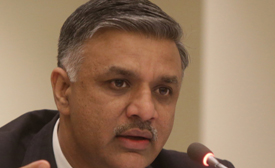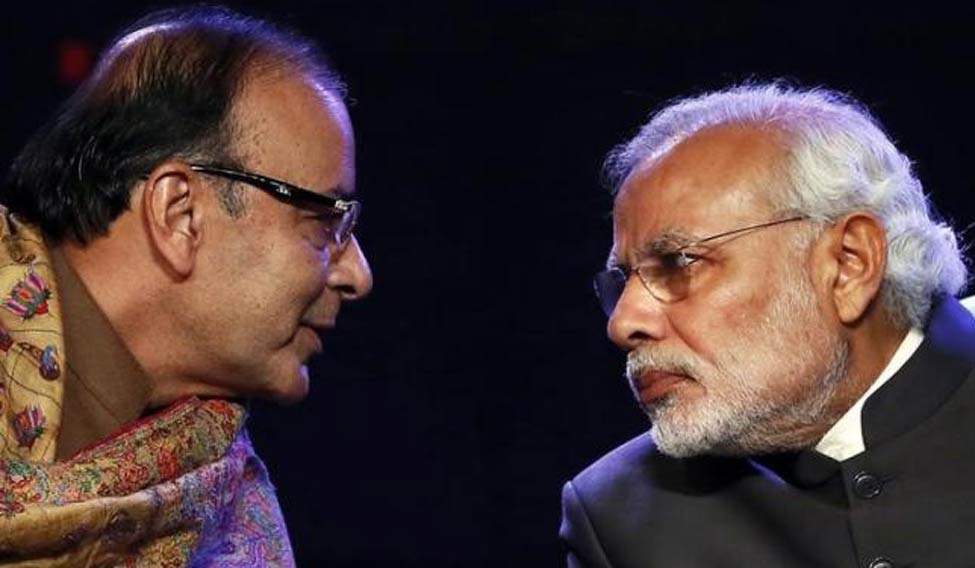The first quarter results have triggered in a major debate on prospects of the Indian economy. India’s economic growth unexpectedly slowed to 5.7 per cent in the June quarter. This has led our rich democratic traditions throw open an intense debate on bloom and gloom. Yashwant Sinha had already drawn a gloomy scenario in his write up.
The recently held meeting of the Monetary Policy Committee (MPC) has decided not to go for an interest rate cut as was being widely expected. Instead the repo rate has been adjusted. Later, Prime Minister Narendra Modi, while addressing the company secretaries at the inauguration of the Golden Jubilee of the Institute of Company Secretary of India, tried to dispel the gloomy scenario being painted of the Indian economy.
However, the next question now is what should be the way forward? What response is required in the short, medium and long term for not only the sustenance of economic growth but also for job creation?
First, let us take up the elephant in the room and that no doubt is the GST. There is little doubt that the introduction of the GST and demonetisation has contributed to a large disruption in the economy. The supply is choked and demand has receded. However, as is emerging, this disruption is a temporary phenomenon. As Finance Minister Arun Jaitley has already indicated, new measures through GSTN, which would help reduce additional burden on the small and medium enterprises, and more corrective efforts would be unleashed for reducing possible avenues of confusion.
 Sachin Chaturvedi
Sachin Chaturvedi
Adoption of the GST calls for a greater compliance to the rules by small and medium entrepreneurs. At this crucial juncture, they do need some kind of additional support from the government to fulfill the legal requirements. In order to enable them to meet the new challenges thrown up by the GST, government can come out with special schemes, such as opening special kiosks in various markets for providing free guidance and support for compliance of various rules of the GST by them.
Second, panic should be avoided. This September, there has been an increase of 15 per cent in tax collection. As Dr Arvind Panagariya pointed out in an article, corporate savings averaged to 11.8 per cent of GDP during 2014-15 and 2015-16. The average gross capital formation (GCF) stood at 31.9 per cent and that it does not represent “collapse” as is well within the range to produce 7.5 to eight per cent of growth. Similarly, there has been an increase of 34 per cent in the sale of tractors. Further, as a result of the Ujala Scheme, now there is more brightness through LED bulbs distribution. The forex reserves stand at $402 billion.
Third, several economic studies have shown that dole outs have lesser impact on economy, while multiplier effect of capital expenditure is much higher. The important task at this stage is to opt for asset creation along with activities that may provide more employment at various levels. In this context, low-cost housing should be the top most priority. This would help create jobs across the country, particularly for those who still struggle with skills and would also help in contributing to capital expenditure.
(The author is director general, Research and Information System for Developing Countries)





